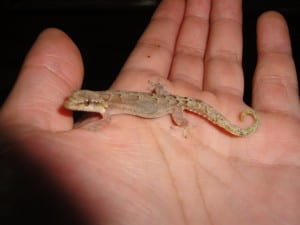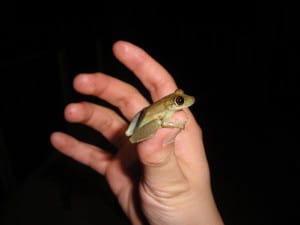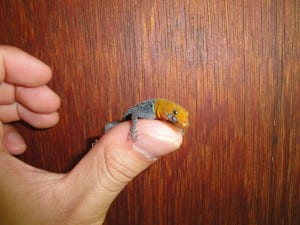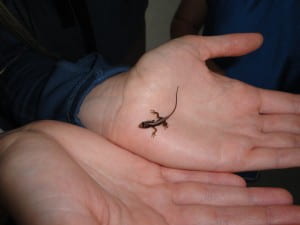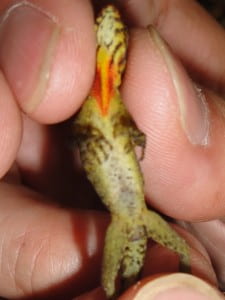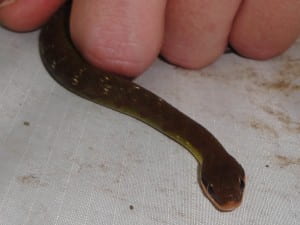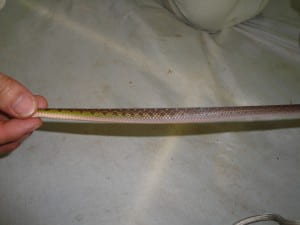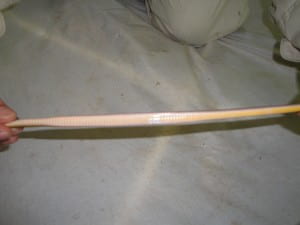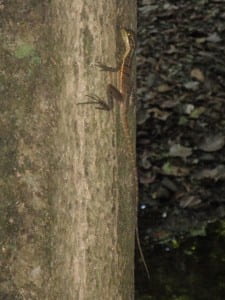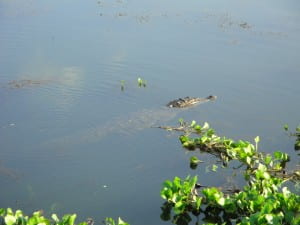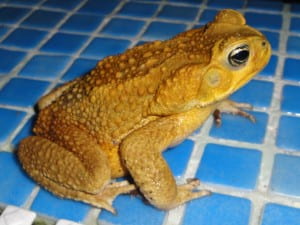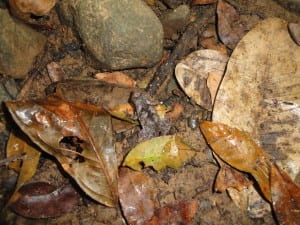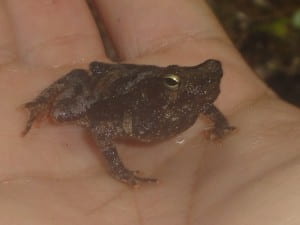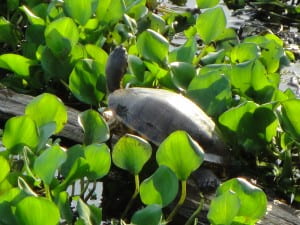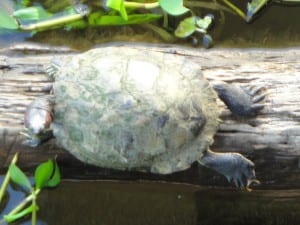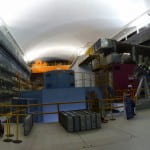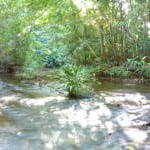Now that the Panama excursion is over and we are (somewhat sadly) back in Green Bay, I revisited the herp list that was compiled and added pictures to some of the species that we saw. Many of the specimen (especially the frogs and turtles) are left unidentified because I do not have enough pictures of each individuals to be able to make a positive identification.
Bocas Del Toro:
Spectacled Caiman (Caiman crocodilus) – seen around the pond/lagoon at the research station. We saw one specimen that must be at least 4-5 ft. long but was unable to photographed it.
Current status – Unavailable but are abundant in some range.
Can grow to 8 ft. long (average is about 6 ft. long).
Got the name ‘spectacled’ from a scale bridge between the eyes which resembles a spectacle.
One interesting fact about the caiman is that it has the ability to change color (by movement of black pigments on it’s scale).

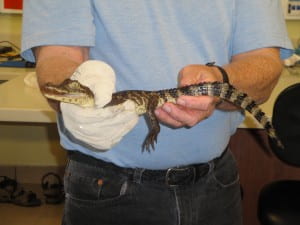
House Gecko from the family Hemidactylus – seen clinging to buildings all over the research station.
There are over 90 species of house gecko worldwide and all are found in the tropic.
Treefrogs seen clinging on windows-
Poison dart frog – seen at Hospital Point
Specimen of the Family Dendrobatidae
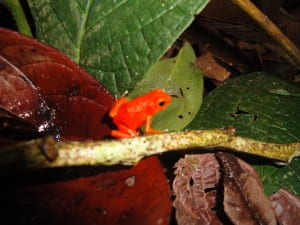
Yellow-headed Gecko (Gonatodes albogularis) – seen on buildings at the research facility at Bocas.
These are dinural geckos that grows to about 6/5 to 9 cm long. Only the male exhibit the bright yellow head.
*Other small lizards (anolis spp.), turtles and a toad were also seen but I wasn’t able to take photos of them.
Fortuna:
Snake specimen (Family Colubridae?) found while surveying for spiders:


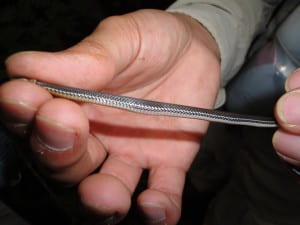
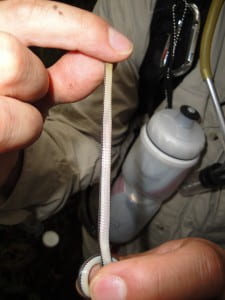
Lizard specimens from the family Polychrotidae (anolis) – found at Fortuna.
*various specimen of toads, treefrogs, and a silver lizard (possibly Diploglossus bilobatus of the family Anguidae or alligator lizards) were also seen but wasn’t photographed.
Gamboa:
Snake specimen (Family Colubridae?) found while surveying for spiders:
Brown or striped basilisk (Basiliscus vittatus) seen along the many small creeks in Gamboa.
Mountain salamander (Bolitoglossa schizodactyla) of the family Plethodontidae that Dr. Michael Draney accidentally collected while collecting spiders.
American crocodile (Crocodylus acutus) seen at the Mariana at Gamboa. This particular specimen is estimated to be about 13-16 ft. long. They are currently classified at vulnerable, however they are endangered in parts of its range due to hunting/poaching.
I have a few good videos but unfortunately am unable to download them as the files are too big.
Here are some photos of a few species of frogs and toads that I was able to take pictures of at Gamboa:
Pictures of the many turtles that we saw at the Mariana in Gamboa.
*A large male green iguana (Iguana iguana) was also seen basking around the old schoolhouse by Chase (who was able to photographed the specimen) but I wasn’t able to get a picture of it.
*While walking the trails at BCI, we heard what the guide said are lizards of the family Teiidae (whip-tail lizards) running away.

